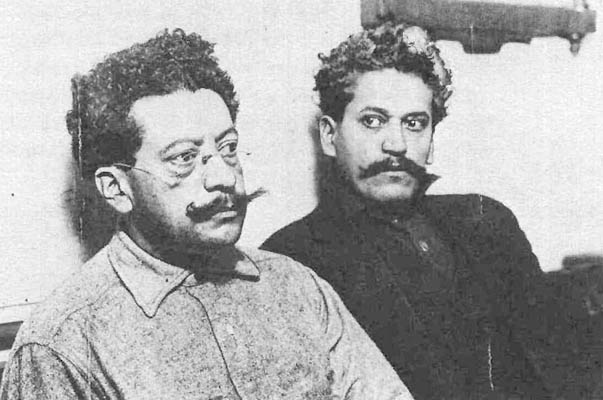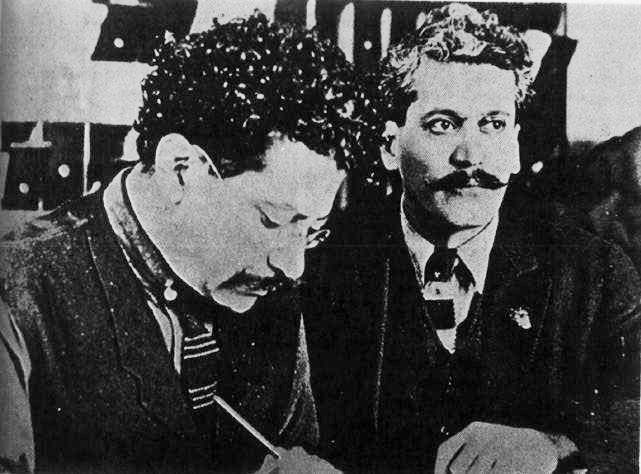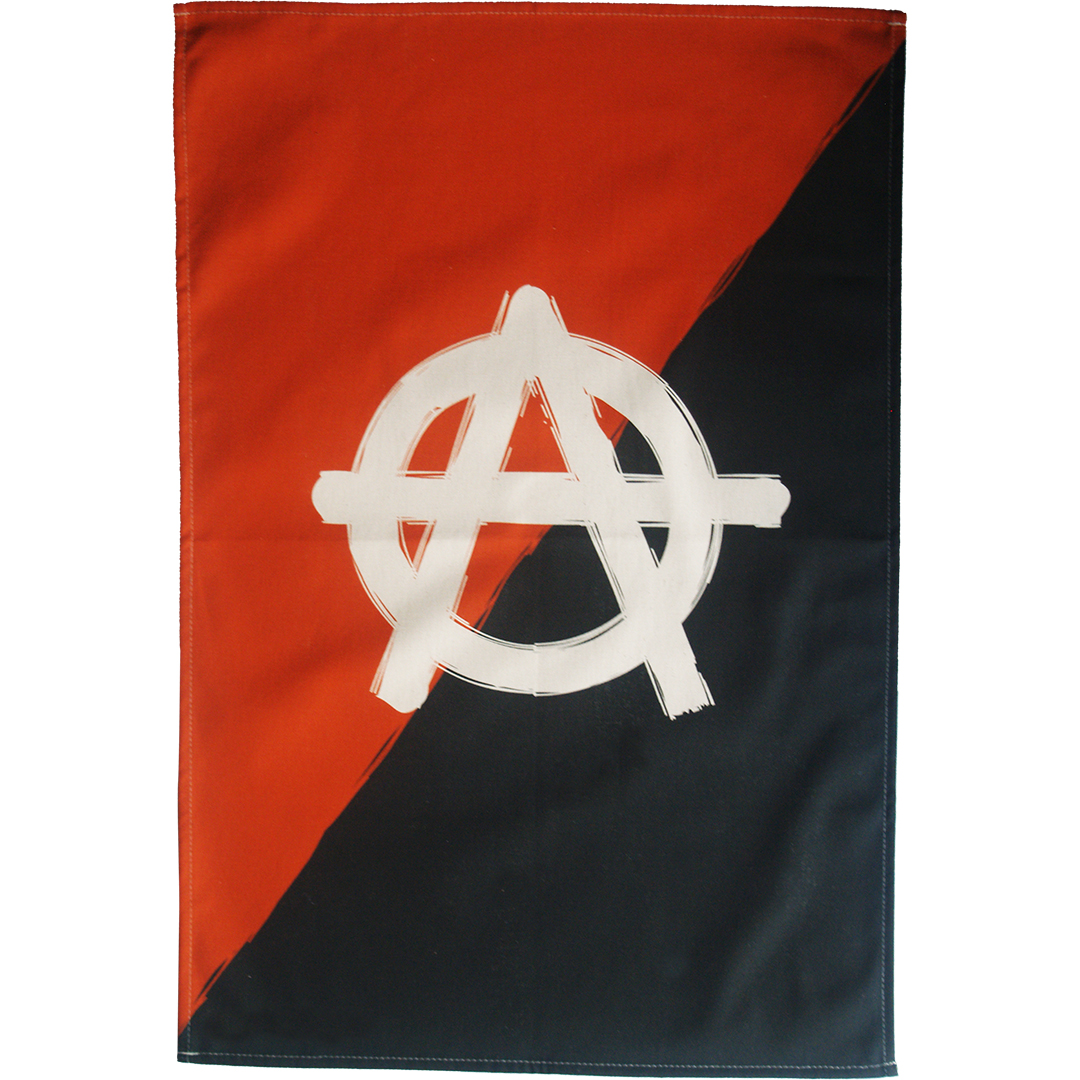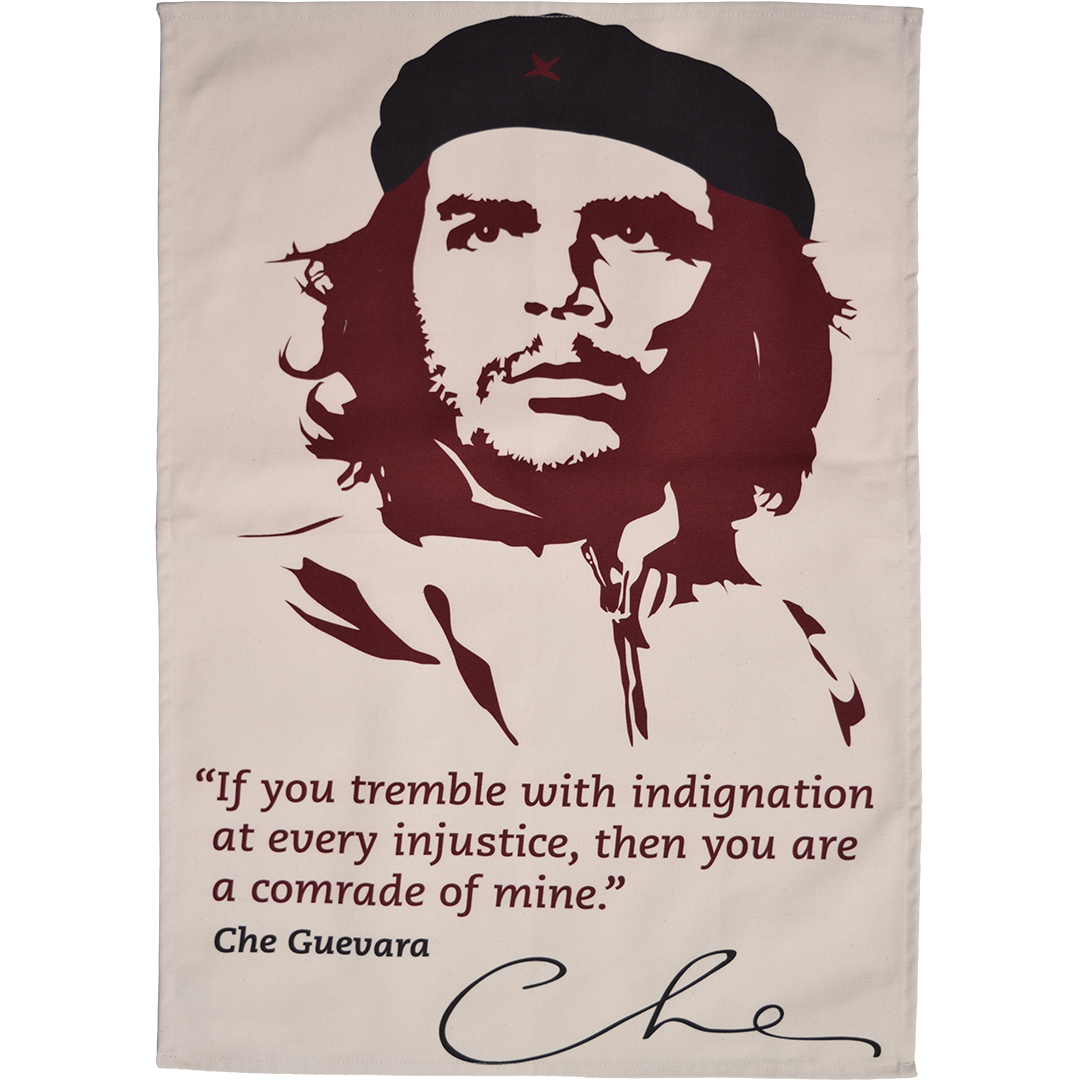Free, Truly Free: The Brothers who Brought Anarchism to México
Posted by Pete on Apr 13th 2024

Enrique and Ricardo Flores Magón denounced the Díaz dictatorship and fought for revolution
We are free, truly free, when we don’t need to rent our arms to anybody in order to be able to lift a piece of bread to our mouths.
- Ricardo Flores Magón
The
Mexican Revolution of 1910, one of the most important in world history, had no single unifying ideology.
When the decades-old dictatorship of Porfirio Díaz was overthrown, there were several conflicting visions for how México should be remade.
Moderate liberals wanted constitutional government and greater legal protection for private property;
Emiliano Zapata and his peasant rebels fought for land redistribution; and the Mexican labour movement dreamt of socialism.
In amongst all of this were the Flores Magón brothers: the founders of Mexican anarchism.
No history of anarchism would be complete without the Magón brothers and their struggle against the Díaz dictatorship in México
Enrique and Ricardo Flores Magón were from Oaxaca, in southern México.
They were born into an already-radical family. Margarita and Teodoro, their parents, had met in 1863 while fighting in Benito Juárez’s radical liberal army, which was struggling for Mexican independence against a French imperial occupation of the country.
And Enrique and Ricardo were soon involved in progressive politics, too.
Ricardo, born in 1874, and Enrique, born in 1877, moved to Mexico City while they were children.
Both brothers became students in the city, and they were soon protesters as well.
Juárez had been replaced as President by Porfirio Díaz, who usurped dictatorial powers and ruled México for decades.
Díaz was unpopular. His power rested on the army and the rich.
No one who wanted a democratic México, worthy of
the country's revolutionary traditions, was content under Díaz.

The Magón Brothers
The Magón brothers were active in student protests against the dictatorship during the late nineteenth century.
But the liberalism of their parents’ generation was no longer enough for the Magón duo.
Traditional Mexican liberalism wasn’t the revolutionary force it used to be. For younger radicals in turn-of-the-century México, the old liberalism was too close to capitalism to provide a theory for social revolution which the country needed.
Impoverished Mexican peasants needed land redistribution, not the free market, in order to create the material foundations for their dignity. And the growing industrial working class in México wanted collective bargaining rights for its labour unions, and state-guaranteed social welfare.
The Magón brothers increasingly understood this social crisis. They were familiar with México’s largely indigenous, rural majority – they were half-Nahua indigenous themselves, after all.
So, the brothers moved beyond liberalism to embrace a socialist form of anarchism, which had a large following in Latin America.
Still operating under the umbrella of the Mexican Liberal Party (PLM), they became radical journalists, denouncing the Díaz regime and calling for a revolution in México.
The Magóns spent plenty of time in Mexican jails during the early 1900s, where they read up on the contemporary theoreticians of left-wing global anarchism, such as Peter Kropotkin and
Pierre-Joseph Proudhon.
But in late 1903, government repression made it impossible for the brothers to continue publishing in Porfirio Díaz’s México, so they crossed the border into exile in Texas.
Che Guevara might be Latin America's most famous revolutionary, but the Magón brothers were a pretty iconic duo
Living in the U.S. didn’t stop the Magón brothers from playing a leading role in Mexican radicalism. The two men became part of a thriving, transnational subculture of progressive politics which criss-crossed the U.S. borderlands.
In the runup to the Mexican Revolution in 1910, the spectre of anarchist Magonismo haunted the Díaz regime from afar.
In St. Louis, Missouri, Enrique Magón co-wrote a new radical program for the PLM, calling for social revolution in México and the overthrow of the dictatorship.
The two brothers travelled across the U.S., helping to inspire PLM uprisings inside México during the 1900s, which eventually triggered the Revolution which overthrew Díaz.
The Magóns travelled between México and the U.S. during the 1910s. They weren’t safe from imprisonment in either country, as Mexican counter-revolutionaries and their allies in the United States tried to hunt them down.
In 1918, amid the
violent crackdown on left-wing activism in the U.S. during the First World War, Enrique and Ricardo were imprisoned in Kansas for protesting against the war as an imperialist bloodbath.
Ricardo died in mysterious circumstances in U.S. custody in 1922. But Enrique was luckier, and returned to México in 1923, where he continued to organise in the revolutionary peasant movement there during the 1920s and 1930s.
México has one of the richest radical traditions in the world, and the Flores Magón brothers – to this day – are among its most famous members.
No history of modern anarchism or social revolution would be complete without them.


